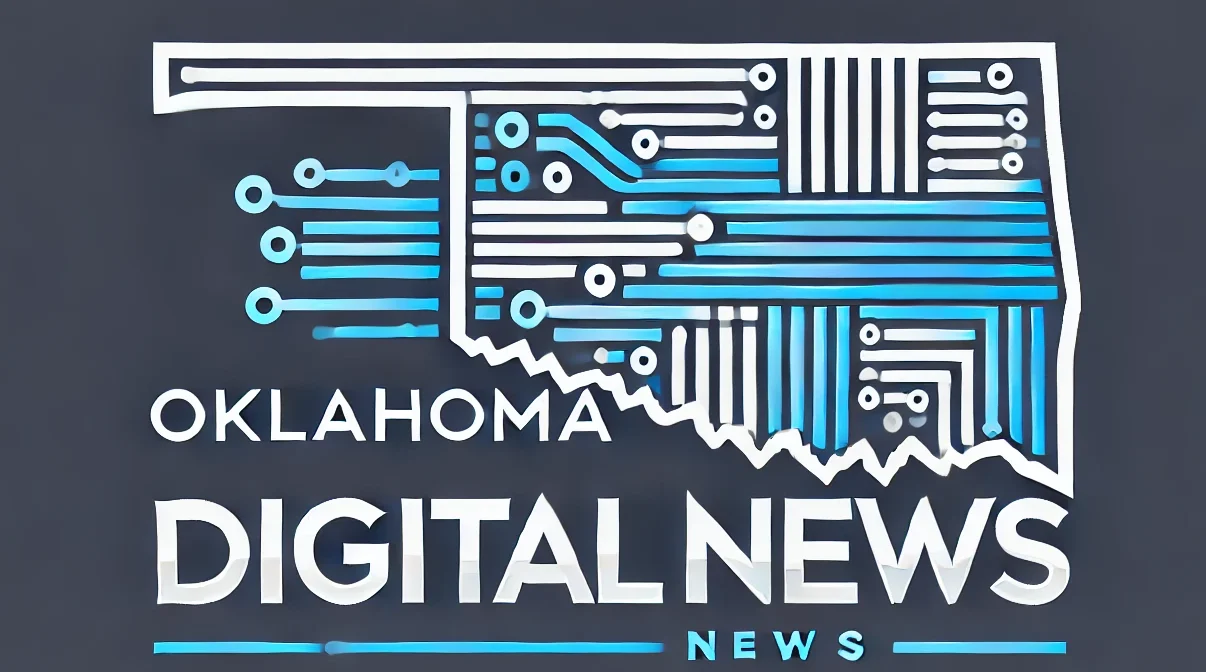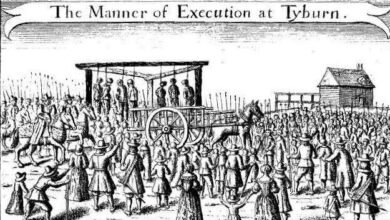Education in New York: Academies & Common Schools


 New York State’s first governor George Clinton was not alone in believing that a revolutionary republic had to assume increased responsibility for the education of its citizens.
New York State’s first governor George Clinton was not alone in believing that a revolutionary republic had to assume increased responsibility for the education of its citizens.
This was a common thread of republican thinking of the late 1700s and early 1800s and was a major reason for the establishment of the Regents of The University of the State of New York in 1784.
The function of the Regents was to encourage the creation of a network of educational institutions throughout the State. Under the revised law of 1787, Columbia College (the new post-revolutionary name for Kings College [now Columbia University]) was given a new charter, and the Regents received authority to charter additional colleges and academies (secondary schools) and to conduct a general oversight of these institutions.
Among the first academies chartered by the Regents, in 1787, were Erasmus Hall, in Flatbush, Kings County; North Salem Academy, in Westchester; and Clinton Academy, in Suffolk County. These were followed by over 400 more academies during the late 1700s and 1800s, including some chartered directly by the Legislature.
Until the late 1800s the academies served as the major form of secondary school in the State. Generally established by a board of trustees made up of community leaders, academies were a public/private hybrid. Most academies charged tuition and some placed town officials on their boards and gave preferred admission to local pupils.

 They were an educational hybrid as well. Most offered standard college-preparatory subjects like Latin, Greek, and mathematics, but since pupils and their tuition were in high demand, academies also offered whatever subjects of study seemed likely to appeal. They frequently offered elementary-level instruction and non-classical academic subjects as well as more “practical” topics ranging from engineering to embroidery.
They were an educational hybrid as well. Most offered standard college-preparatory subjects like Latin, Greek, and mathematics, but since pupils and their tuition were in high demand, academies also offered whatever subjects of study seemed likely to appeal. They frequently offered elementary-level instruction and non-classical academic subjects as well as more “practical” topics ranging from engineering to embroidery.
Although independently governed, the academies were seen as public institutions because they carried out the State’s public educational purposes. Therefore, from time to time, funds were appropriated to the Regents for distribution to academies, and in 1813 a “Literature Fund” was created to provide regular State subsidies to the academies.
Creation of a State Common School System
It may seem odd to modern educators that the State acted to develop a system of private academies for more advanced students, before it created an elementary public school system. In fact, the Regents declared in 1787 that:
“The erecting [of] Public Schools for teaching reading, writing and arithmetic is an object of very great importance which ought not to be left to the discretion of private men but be promoted by public authority. Of so much knowledge no citizen ought to be destitute, and yet it is a reflection as true as it is painful that but too many of our youth are brought up in ignorance.”

 Responding to this and similar appeals, the Legislature in 1795 inaugurated a system of State aid to encourage establishment and support of common schools. Each year, $50,000 was to be divided among the various towns. In each town, the citizens were supposed to create school districts, and each district would receive the State subsidy and a matching town subsidy, in proportion to pupil attendance.
Responding to this and similar appeals, the Legislature in 1795 inaugurated a system of State aid to encourage establishment and support of common schools. Each year, $50,000 was to be divided among the various towns. In each town, the citizens were supposed to create school districts, and each district would receive the State subsidy and a matching town subsidy, in proportion to pupil attendance.
Within a few years, over 1,300 schools, enrolling almost 60,000 pupils, qualified for State aid under this law. In 1800, however, the program of aid to common schools lapsed (although the schools did not necessarily close).
The first step toward revival of the State program was the creation, in 1805, of a Common School Fund, based on proceeds from sale of State lands. In 1812, as the annual income of the Fund approached $50,000, a new Common School Law reestablished the system of school districts, supported by State and local funds (as well as by tuition) and administered by a State Superintendent of Common Schools.
Many of the present-day school districts of the State date to the years immediately following implementation of the 1812 law. It was a period of rapid growth in the State’s population, of active settlement of the State’s northern and western regions, and of the extension of schooling to the newer communities.
Indeed, in 1812, a Legislative commission had pointed to the “remote and thinly populated parts of the state” as the areas where “education stands greatly in need of encouragement.”They continued:
“The people here living far from each other, make it difficult so to establish schools, as to render them convenient or accessible to all. Every family, therefore, must either educate its own children or the children must forego the advantages of education.
“These inconveniences can be remedied best by the establishment of common schools, under the direction and patronage of the State. In these schools should be taught, at least, those branches of education which are indispensably necessary to every person in his intercourse with the world, and to the performance of his duty as a useful citizen. Reading, writing, arithmetic, and the principles of morality, are essential to every person, however humble his situation in life.”
This need to encourage education, especially in the less prosperous rural areas, remained a major theme of the State’s educational system well into the twentieth century.
City Schools
Nineteenth-century cities, like those of today, mixed wealth and poverty. As centers of commerce and industry, cities had great resources, but they also had many poor families in need of assistance in educating their children.
The pattern that developed in the city of New York reflected this dichotomy. While many families continued to patronize private schools and independent schoolmasters, a parallel system of urban schools for the poor was created.

 In 1805, some of the City’s leaders formed the Free School Society, to conduct schools for “all children who are the proper objects of a gratuitous education.” This society, later known as the Public School Society, gradually expanded its system of schools and served as the major provider of public education in New York City through the 1840s.
In 1805, some of the City’s leaders formed the Free School Society, to conduct schools for “all children who are the proper objects of a gratuitous education.” This society, later known as the Public School Society, gradually expanded its system of schools and served as the major provider of public education in New York City through the 1840s.
The schools of the Public School Society were conducted according to a distinctive scheme known as the Lancasterian or “monitorial” system of instruction. In such schools, the teacher instructed a group of older pupils, or monitors, who in turn instructed squads of younger pupils. Such schools, where one teacher might serve several hundred pupils altogether, were obviously quite economical, a feature attractive to their promoters.
By the 1840s, however, controversy had developed over the apparent Protestant orientation of the Public School Society. Many of the poorer families of the city were Catholic immigrants who doubted the impartiality of the Society’s schools.
The outcome was the creation, in New York City, of a Board of Education to operate a system of “ward” schools, more nearly comparable to the district schools of the rural towns. In effect, public education had become defined as schooling provided by a governmental agency under public control.
Students and Teachers
Outside the cities, the typical school of mid-nineteenth century New York was a one-room, one-teacher school, in which pupils of varied ages took their lessons. Larger villages might have an academy, and in the cities, larger schools enrolling several hundred pupils were the norm. Attendance was voluntary, but an impressively large proportion of children attended school.

 It has been estimated that, as early as the 1830s, as many as 90 percent of all non-urban youth in New York attended school for at least a period of time. A child’s school years might be intermittent, however, especially for older children who often attended school in winter and worked on the farm in other seasons. Relatively few stayed in school past age fifteen.
It has been estimated that, as early as the 1830s, as many as 90 percent of all non-urban youth in New York attended school for at least a period of time. A child’s school years might be intermittent, however, especially for older children who often attended school in winter and worked on the farm in other seasons. Relatively few stayed in school past age fifteen.
The teaching staff of rural schools varied with the seasons. Traditionally, a man taught the winter session, in which the older boys generally enrolled, while a woman taught in summer, when the pupils tended to be younger.
Men were paid more than women, and it was presumed that men had better powers of discipline over older children. Gradually, the attractiveness of savings from hiring women, together with a growing sense of women’s suitability as educators, led to a feminization of the teaching force.
By the 1880s, most teachers, year-round, were women, many of whom made a career of teaching. In the cities, where seasonal considerations were less significant, both men and women tended to teach year-round, with men teaching the older pupils or holding supervisory positions.
This part two of four-part series on the history of education in New York State drawn from Consider the Source New York’s Researching the History of Your School an online collection of resources from the New York State Archives and the Archives Partnership Trust. The resources include history, historical resources and how to access them, and activities to use when teaching school history or researching a local school.
Illustrations, from above: Clinton Academy in East Hampton (courtesy EastHampton.com); Old Albany Academy Building, opened in 1817, in 2015 (photo courtesy Wikipedia user Daniel Chase); ca. 1831 one room school house in Martinsburg, Lewis County NY; “New York Free School, No. 2,” built in 1808 (NYPL); and nineteenth century schoolroom in cold weather with students wrapped for warmth.
Source link




